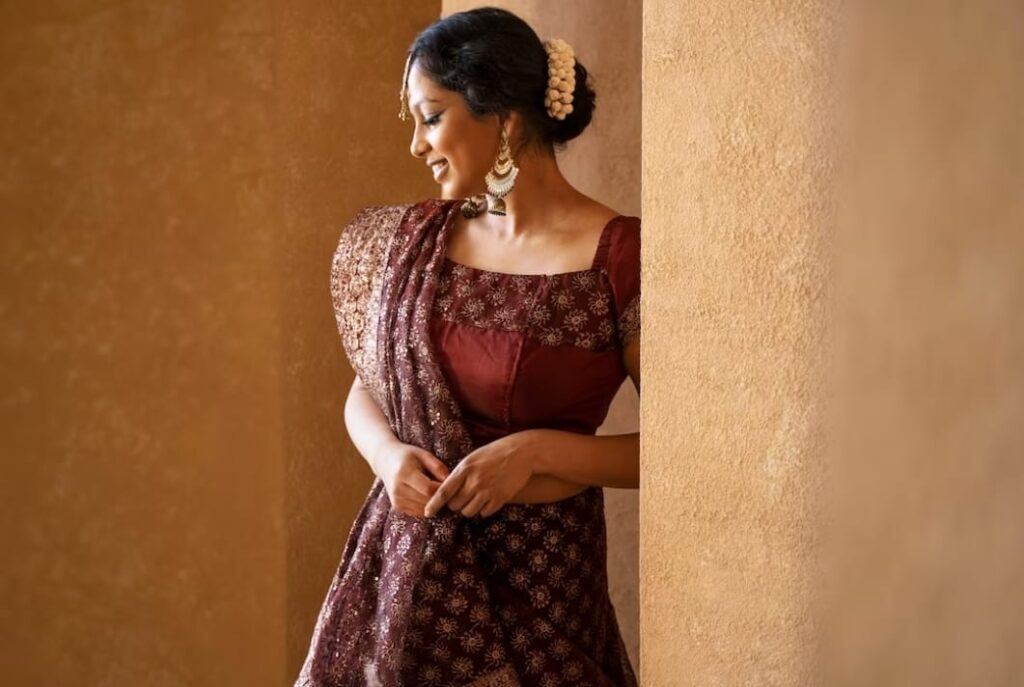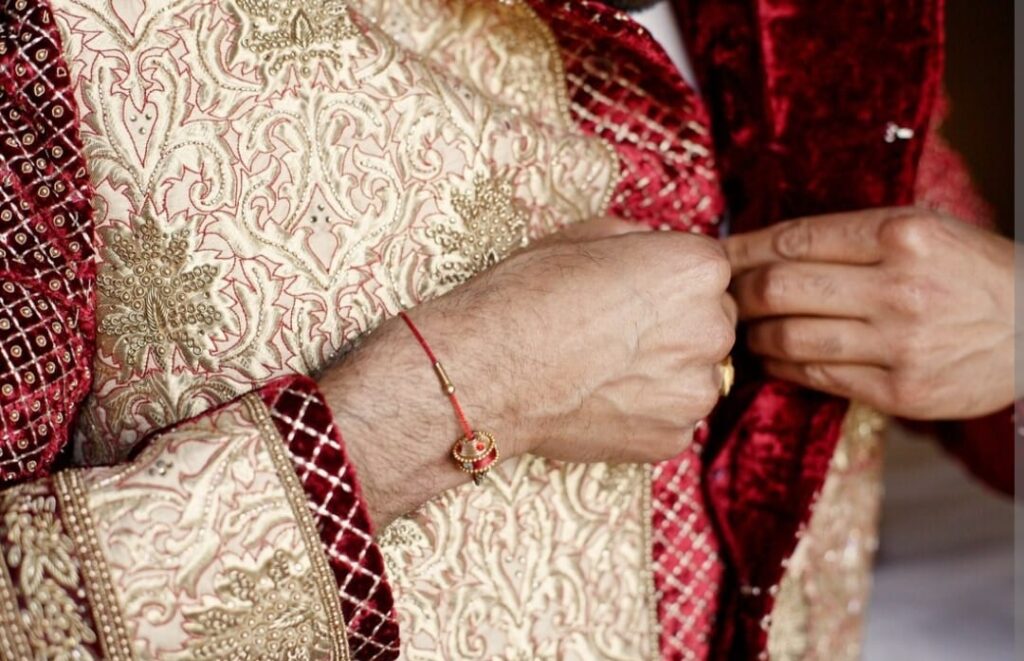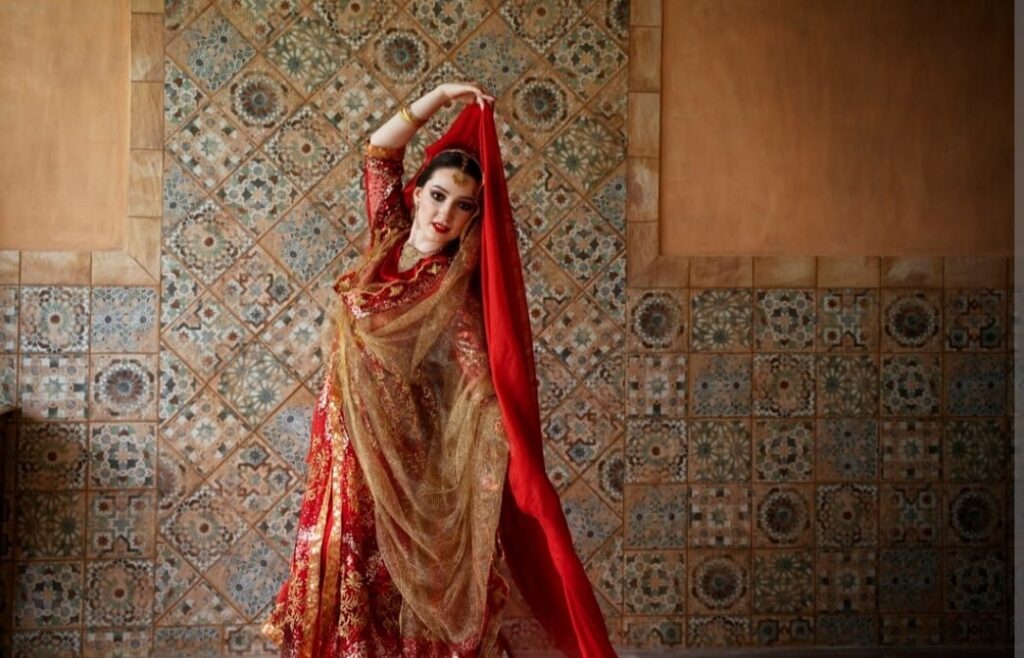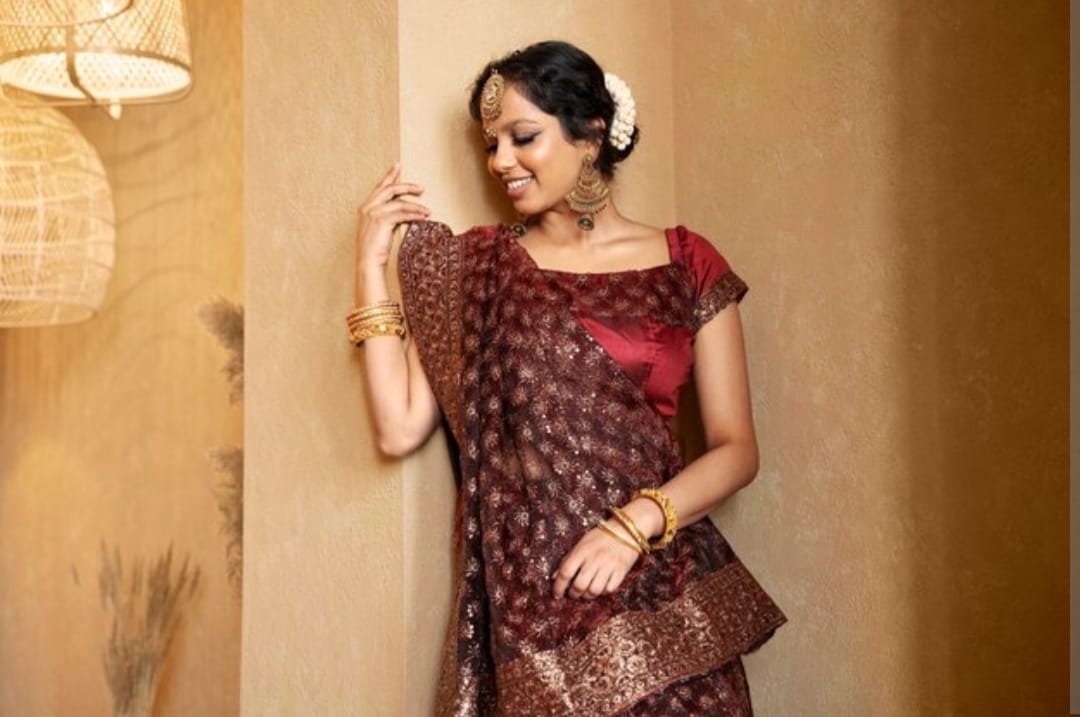Introduction: A glimpse of India’s sartorial treasures
India is a country of diverse cultures, languages and traditions, each of which leaves its own unique mark on the world of fashion. Traditional fashion in India is a kaleidoscope of colours, fabrics and designs, reflecting the rich history and heritage of the subcontinent. In this article, we take a delightful journey through the exquisite tapestry of traditional Indian fashion, where timeless elegance and cultural significance come together in a dazzling array of styles.
The eternal charm of Indian traditional Fashion attire
Traditional Indian fashion represents a harmonious blend of history, culture and craftsmanship. This is a testament to the enduring appeal of those garments that have been passed down across generations. The unique charm of traditional attire lies in its ability to transition seamlessly from the past to the present, making it an integral part of contemporary fashion.

Saree: Symbol of grace
The saree is the epitome of Indian traditional attire, celebrated for its beauty and versatility. This six-by-nine-yard wonder has been a symbol of grace for centuries. It is worn by women of all ages and regions, from the bustling streets of Mumbai to the quiet villages of Kerala.
- Regional variations: The saree takes different incarnations across India. From the Banarasi silk sarees of Varanasi to the vibrant Kanjivaram of Tamil Nadu, each region boasts its own unique weaving techniques and designs.
- Timeless Appeal: What makes the saree truly timeless is its adaptability. It can be draped in countless ways, creating a new look every time. Modern designers have also breathed new life into this classic garment, making it a staple in the world of contemporary fashion.

Sherwani: Royal attire for men
Sherwani is an excellent example of traditional men’s fashion in India. With its majestic silhouette and intricate embroidery, it is a favorite choice for grooms during weddings and special occasions.
-Royal Roots: Sherwani originated in the Mughal court, where it was worn by the elite class. Today, it retains its royal aura and is often paired with matching churidar or pajama.
- Contemporary twist: Modern fashion designers have re-imagined the sherwani, making it more accessible and versatile. Today, it is not limited to formal events only but can be seen in various casual and semi-formal settings.

Lehenga Choli: The beauty of the bride
Lehenga choli is the quintessential bridal attire in India. It is a three-piece ensemble consisting of a flared skirt (lehenga), a fitted blouse (choli), and a flowing dupatta. The intricate craftsmanship and vibrant colors make it a symbol of bridal grandeur.
- Bridal Variety: Lehenga cholis come in a variety of styles, from the heavily embroidered creations of North India to the mirror-work decorated lehengas of Gujarat. Reflects the culture and traditions of each region.
- Beyond the bride: While lehenga choli has been synonymous with the bride, these are now worn by women at various functions and festivals, offering a mix of traditional and contemporary styles.
- Kurta Pajama: Comfort and style
Kurta pajama is a major part of men’s traditional fashion. It consists of a long tunic-style top (kurta) and loose-fitting trousers (pajama). It strikes a perfect balance between comfort and style.
- Versatility: Kurta Pajama is versatile and can be worn on formal occasions, casual outings or even daily wear. It matches well with accessories like mojari or juttis, giving it a distinct charm.
- Evolving Trends: In recent years, designers have explored different silhouettes and fabrics, offering modern interpretations of the kurta pajama. It is no longer limited to traditional colors and designs.
- Phulkari: Embroidered beauty
Phulkari is a traditional form of embroidery that comes from Punjab. This intricate and colorful embroidery adorns various attires, especially Phulkari dupattas and Phulkari suits.
- Vibrant Patterns: Phulkari embroidery is known for its vibrant and symmetrical patterns, which often depict elements of nature, folklore and daily life.
- Contemporary Fusion: Phulkari embroidery has made its way into modern fashion, adding a touch of tradition to contemporary attire. Phulkari jackets, skirts and even shoes have become popular choices among fashion lovers.
Conclusion: A Tapestry of Tradition and Style
Traditional Indian fashion is a testament to the enduring appeal of timeless design, intricate craftsmanship and a deep connection with cultural heritage. It seamlessly bridges the gap between past and present, providing a sense of identity and a touch of elegance to every wardrobe.
As fashion evolves, the charm of traditional Indian attire remains intact. This is a testament to the adaptability and versatility of these garments that have been a part of Indian culture more
Know About – How Technology is Changing Our World

1 thought on “Indian Traditional Fashion Timeless Beauty: The Charm of Traditional Fashion in India”